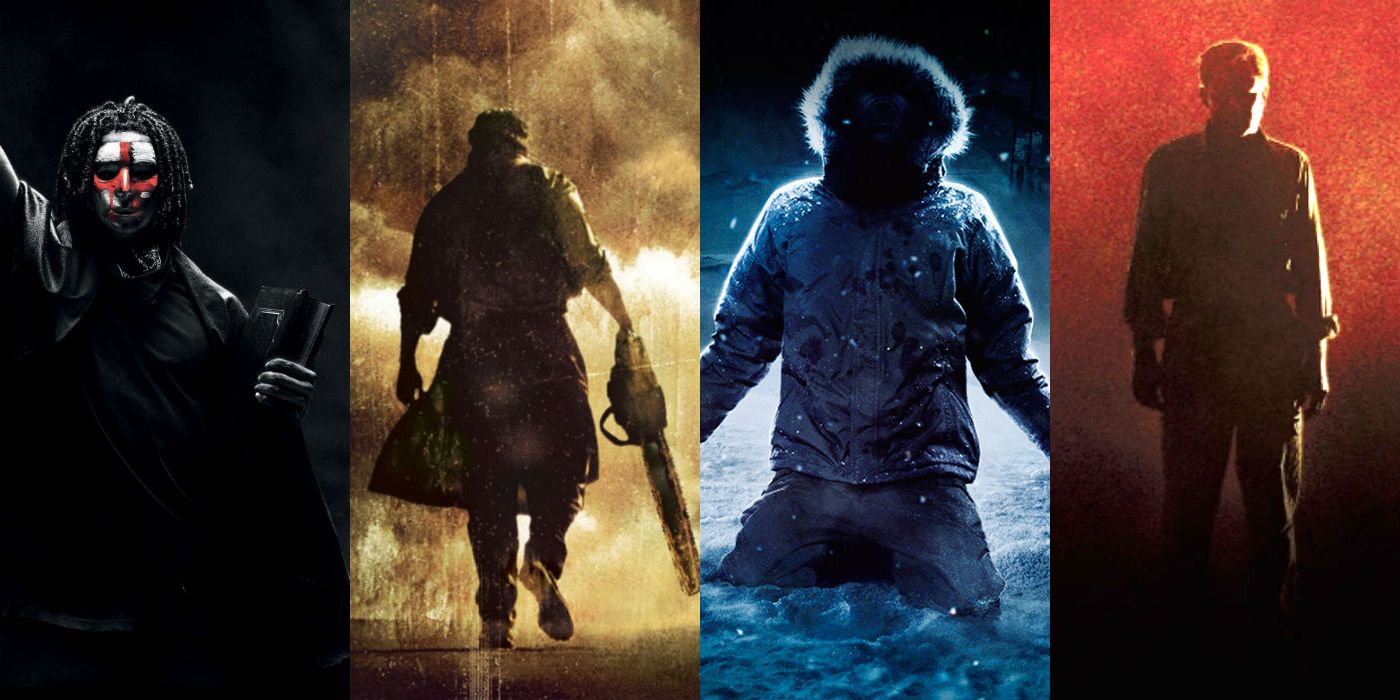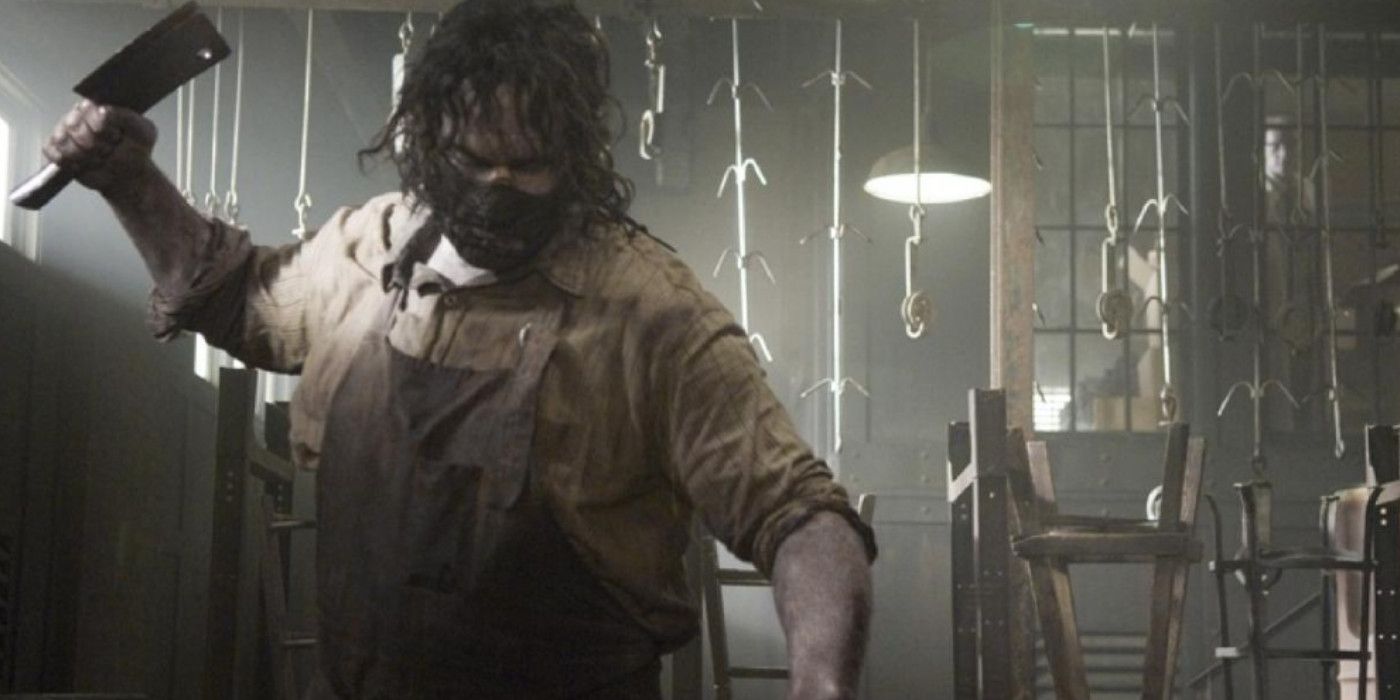There have been a number of horror movie prequels made over the years, but the result rarely works well, due to issues with built-in spoilers. For decades, prequels really weren't much of a thing in Hollywood. Instead, when studios wanted to continue a franchise, a sequel was usually the logical option. In recent years, prequels have become more and more common though, and that's as true for the horror genre as for any other, perhaps more so.
Just as general movie prequels are usually hard to get right though, horror movie prequels are just as problematic. Hollywood sure doesn't hesitate to make them though. Horror fans have been treated to everything from two Leatherface origin stories, a prequel to The Thing that's basically a remake, an Annabelle movie that's a prequel to The Conjuring that then received its own prequel, and of course two nearly identical Exorcist prequels released only one year apart. It's been horror prequel madness over the past decade or so.
While not all horror prequels are terrible by any means, almost all of them fall victim to the issue of inherent spoilers caused by their prequel status. Sure, that's somewhat true of any prequel, but horror suffers from it worse, as no genre of fiction more revolves around death.
Why Horror Prequel Movies Rarely Work
More than any other genre, horror movies center on death. That's most true of the slasher sub-genre, but almost every horror film features multiple deaths, with the suspense of who will live and die forming a large part of the dramatic tension. Yet, with a horror prequel, so much of that tension is instantly gone. For example, it's obvious the villain of the piece won't get conclusively defeated or killed, as they need to be around for the movie(s) set afterward, such as in Texas Chainsaw Massacre: The Beginning. That's also true of any hero or survivor character that appears in the prequel after appearing in the original. They can't be killed, they need to be there later on.
Even characters not present in prior films are subject to this prequel issue, especially if it's a prequel to a franchise. Since that character wasn't in any of the later-set films, they're obviously either going to die or be written out, so as to explain their absence later. In that case, why should fans bother to get attached to them? There are also scenario-related horror prequel problems that tie into this line of thinking. For the Thing prequel, anyone who's seen the John Carpenter movie knows that everyone at that Norweigian base is doomed. Even Mary Elizabeth Winstead's character, who survives for the moment, is stuck in a non-functioning snowcat in the middle of nowhere, and since she's not in the 1982 film, the logical conclusion is she dies before it.
Similarly, The First Purge is obviously going to be successful, by hook or by crook, since the New Founding Fathers of America made it the law of the land for many years after. Also, Amityville 2: The Possession dramatizes the real DeFeo murders that took place prior to The Amityville Horror, so the viewer knows the story can end only one way. At the end of the day, way more horror prequels have been underwhelming than exemplary, and it's probably a route studios should ease up on taking for awhile.


